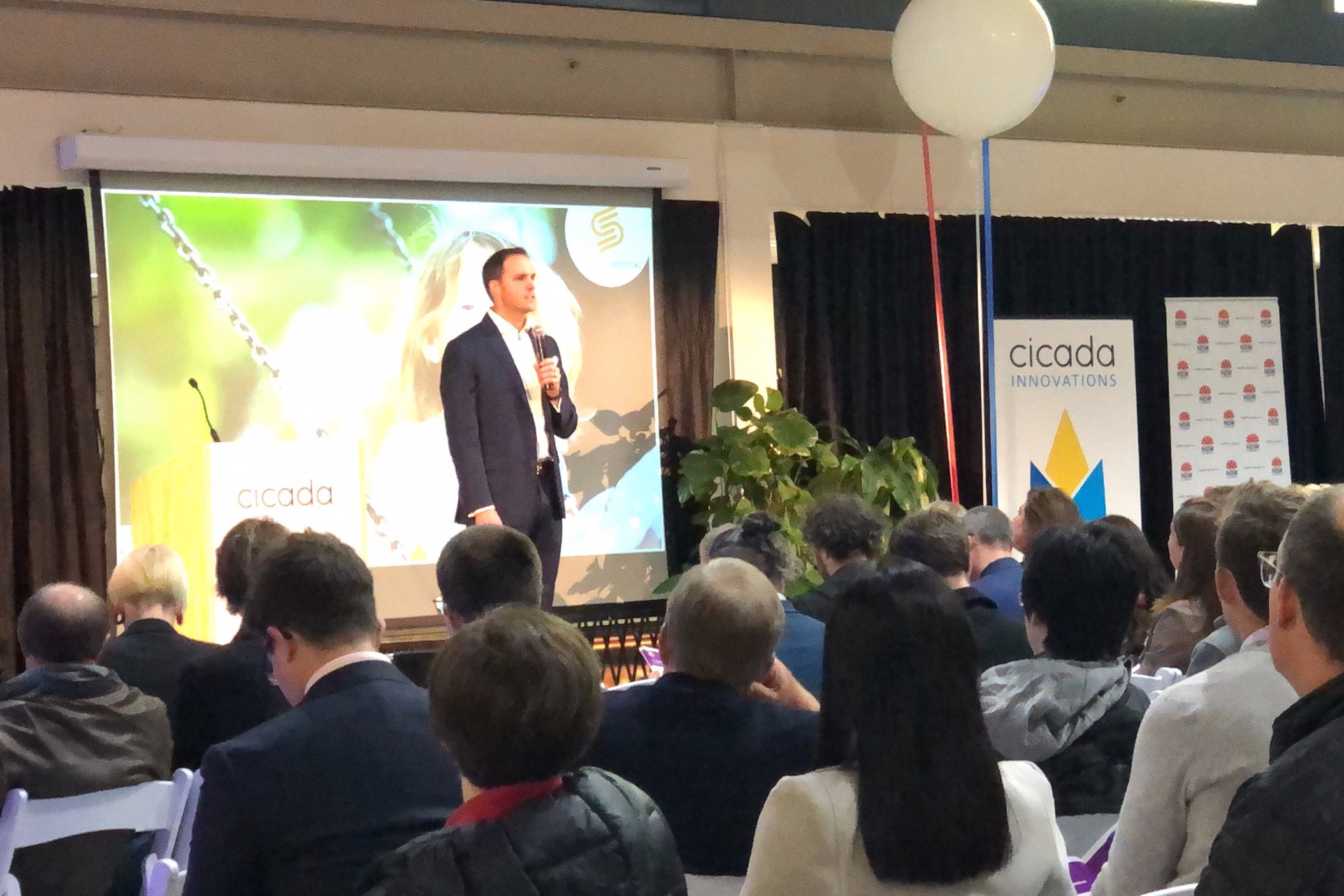Imagine you have just welcomed a brand new beautiful baby girl into the world. You named her Katie. Everything is perfect until…
She is just a little too stiff. You start to suspect something is not quite right.
Your doctor drops the bombshell, telling you that she has cerebral palsy.
You are told:
It’s quite common (1 in 500 births will be affected, equating to 17 million people worldwide);
It’s caused by an injury to the brain during pregnancy or childbirth;
It is permanent and there is no cure.
There are a lot of treatments including Botox and surgeries to cut nerves or lengthen muscles and tendons, but none of these significantly improve Katie’s function and after multiple interventions, at 6 years of age Katie has never learned to run, never learned to walk and never even learned to crawl.
In February this year I took up the opportunity to participate in the Medical Device Commercialisation Training Program, offered by NSW Health and Cicada Innovations. After spending most of 2018 in Boston learning about nerve treatments and being inspired by the possibilities that exist when combining technological advancements with modern medical practice, I returned to Australia with an idea; to give people living with cerebral palsy a way of improving spasticity in their muscles.
Now I would like you to reimagine a different life for Katie. One where her doctor said, “yes Katie has cerebral palsy, but there is a new medical device that can correct the electrical activity in the nerves and reduce the tightness of her muscles, giving Katie the opportunity to develop like anyone else.”
My message is simple:
The technology already exists for us to be able to reimagine a life for all children born with cerebral palsy.
My only question for you is:
What are we waiting for?
This was the presentation I gave on Wednesday evening at the program graduation. I was also able to share the news that we have already obtained close to A$6 million in seed funding to carry out our first clinical trial in 30 patients.
The 12 weeks of the Medical Device Commercialisation Training Program has revolutionised my way of thinking, and I am even more determined to see a solution materialise. Medical device developers are here to create new products for patients and get better outcomes. To do that we have to think more like business people and less like researchers.
Reflecting on the graduation ceremony and the pitches by the other 14 participants, I realised that in almost all of the solutions being offered, there was a consistent theme. It was the movement towards utilising technological solutions to personalise medicine.
Coming up with smarter treatments is more than just coming up with “yet another mouse trap”; it is about designing a system that can find out what the mouse likes to eat before inviting it to dinner!
Examples of this included:
Genomic solutions that identify nuances in our genetic code, ultimately guiding our ability to fight an individual person’s cancer or infection;
Machine learning databases that can use our unique facial features to predict our likelihood of intellectual disabilities and other syndromes;
Biofeedback systems delivered in the comfort of our own homes on our mobile devices;
And my own project, using a closed loop neuromodulation system to deliver the exact electrical signal needed in real-time to ensure the perfect therapeutic dose of electrical stimulation is delivered, improving spasticity in children with cerebral palsy.
The graduation showcase was a fascinating night! Thanks to Anne O’Neill of NSW Health and Ben Wright of Cicada Innovations for guiding us through such a comprehensive course.
Translating technological advances that are happening all around us into everyday improvements in patient care is the great challenge for this generation of medical professionals. I would strongly encourage clinicians interested in innovation to take this course and grapple with the complexities of designing real world solutions for difficult problems.
The technology is already here. What are we waiting for?
Australian Health Journal videos below captured key moments of the night (left) and my full pitch (right).
Credit to Kat Stanley from Good Thanks Media for the graduation images.




